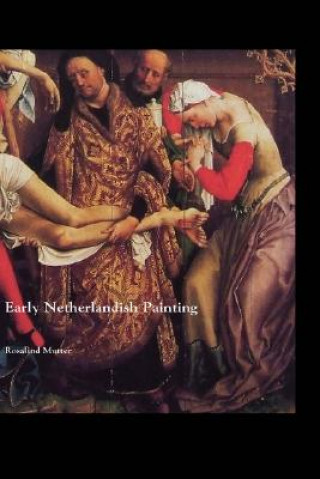
Kód: 08857174
Early Netherlandish Painting
Autor Rosalind Mutter
EARLY NETHERLANDISH PAINTING A fully illustrated survey of Early Netherlandish painting, featuring all of the major artists, and many lesser-known painters. Early Netherlandish painting, ... celý popis
- Jazyk:
 Angličtina
Angličtina - Vazba: Pevná
- Počet stran: 240
Nakladatelství: Crescent Moon Publishing, 2008
- Více informací o knize

Mohlo by se vám také líbit
-
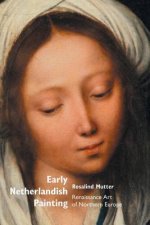
Early Netherlandish Painting
619 Kč -

Sight and Spirituality in Early Netherlandish Painting
4121 Kč -

Geschäftsprozesse - praxisorientierte Übungen mit einem ERP-Programm für das kaufmännische Berufskolleg I, für Industriekaufleute, für Fachoberschulen
423 Kč -
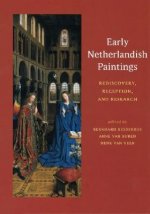
Early Netherlandish Paintings - Rediscovery, Reception, and Research
1697 Kč -
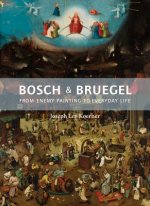
Bosch and Bruegel
1568 Kč -

Catalogue of Mr. Louis R. Ehrich's Collection of Paintings of the Old Dutch and Flemish Schools of the Fifteenth, Sixteenth, and Seventeenth Centuries
472 Kč -

Hugo van der Goes
1278 Kč -

One Question a Day for You & Me
359 Kč -

Fragonard and the Fantasy Figure
5564 Kč -
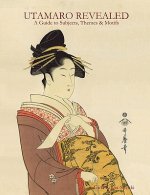
Utamaro Revealed
1387 Kč -

Extreme Minimalism
1369 Kč -

Orientalism in Spanish Art 1833-1956
3301 Kč -

Harry Potter Knitting Magic
652 Kč -

Chase the Lion
398 Kč -
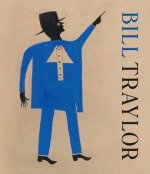
Bill Traylor
989 Kč -

Lions: Powerful Kings of the Wild
311 Kč -

Illuminated Manuscripts Masterpieces of Art
420 Kč -
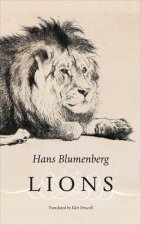
Lions
783 Kč -

Late Medieval Panel Paintings
1685 Kč -

Holbein Coloring Book
365 Kč -
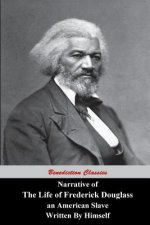
Narrative Of The Life Of Frederick Douglass, An American Slave, Written by Himself
268 Kč -

Lions in the Balance
1159 Kč -

Homoerotics of Orientalism
1232 Kč -
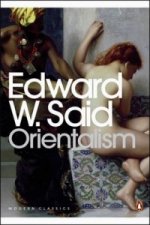
Orientalism
323 Kč -
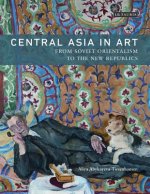
Central Asia in Art
2531 Kč -

Bridging the Gap between Aristotle's Science and Ethics
3611 Kč -

FESTIVE COLLECTION FOR GUITAR ENSEMBLE
606 Kč -
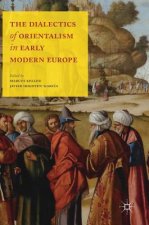
Dialectics of Orientalism in Early Modern Europe
3611 Kč -

One Question a Day
379 Kč -
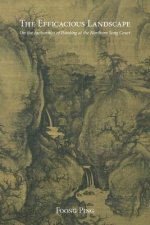
Efficacious Landscape
2389 Kč -
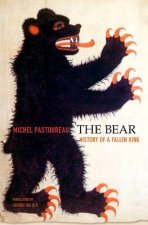
Bear
862 Kč -

Rogier van der Weyden
253 Kč -
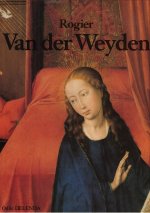
Rogier Van der Weyden
1458 Kč -
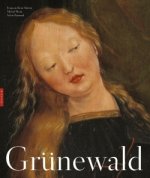
Grünewald
3089 Kč -
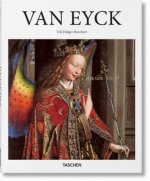
Van Eyck
383 Kč
Dárkový poukaz: Radost zaručena
- Darujte poukaz v libovolné hodnotě a my se postaráme o zbytek.
- Poukaz se vztahuje na celou naši nabídku.
- Elektronický poukaz vytisknete z e-mailu a můžete ihned darovat.
- Platnost poukazu je 12 měsíců od data vystavení.
Více informací o knize Early Netherlandish Painting
Nákupem získáte 104 bodů
 Anotace knihy
Anotace knihy
EARLY NETHERLANDISH PAINTING A fully illustrated survey of Early Netherlandish painting, featuring all of the major artists, and many lesser-known painters. Early Netherlandish painting, also known as Flemish painting, is characterized by figurative realism, its incredible sense of domestic interiors and details, luminous light, its 'realist' faces, and its fusions of a micro- and macro- cosmic vision. We concentrate here on painters such as Rogier van der Weyden (1400-1464), Jan van Eyck (c. 1390-1441, commonly described as the founder of modern oil painting), Gerard David (c. 1460-1523), Hugo van der Goes (1440-1482), Hans Memling (1433-1494), Joos van Cleve (c. 1485-1540), Jan Gossaert, also called Mabuse (c. 1475/8-1532), Geertgen tot Sint Jans (fl. late 15th 1485/ 95), Quentin Massys (c. 1465-1530), Joachim Patinir (c. 1485-1524), Dieric Bouts (c. 1415-1475), Petrus Christus (fl. 1442-1473) and Bernard van Orley (c. 1488-1541). One of the most celebrated aspects of Early Netherlandish or Flemish painting is its heartfelt, intense religious emotion. It is this aspect that interests us in this book. The new aesthetic vision of Early Netherlandish art was later applied to still life paintings, satires, landscapes, and portraits, but it is the religious works with which we are concentrating on here. Michelangelo's famous statement about Early Netherlandish art pinpoints the depth of devout feeling found in so much of Northern European art: Flemish painting will, generally speaking, please the devout better than any painting in Italy, which will never cause him to shed a tear, whereas that of Flanders will cause him to shed many... The new vision of Northern European painting which flourished in the 15th century was a combination of a new aesthetic approach to reality, and an intensifying of religious fervour. The new vision aimed at sculptural accuracy, a naturalistic use of lighting, and three-dimensionality. Mixed with the new use of oil paint, the new vision gave the art of Philip the Good's reign a special flavour and style well suited to the circumscription of devout religious truths. The new painting inherited its jewel-like brilliancy partly because many painters were trained as goldsmiths. This skilled handling of metalwork and miniature illustration shows in Early Netherlandish art. All Early Netherlandish paintings were made on wood panels, and painted from light to dark in thin glazes. It is partly this subtle glazing which gives Early Netherlandish painting its glorious luminescence. The Early Netherlandish artists exploited the effects of different hues and thicknesses of glazes of oil paint, controlling how the glazes reflected light.
 Parametry knihy
Parametry knihy
Zařazení knihy Knihy v angličtině The arts The arts: general issues
1043 Kč
- Plný název: Early Netherlandish Painting
- Autor: Rosalind Mutter
- Jazyk:
 Angličtina
Angličtina - Vazba: Pevná
- Počet stran: 240
- EAN: 9781861711656
- ISBN: 9781861711656
- ID: 08857174
- Nakladatelství: Crescent Moon Publishing
- Hmotnost: 514 g
- Rozměry: 234 × 156 × 14 mm
- Datum vydání: 01. February 2008
Oblíbené z jiného soudku
-
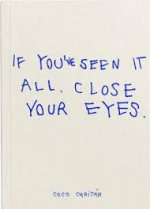
If you've seen it all, close your eyes
937 Kč -
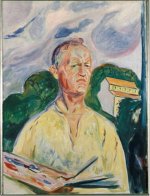
Edvard Munch
1300 Kč -

Atlas of Dinosaur Anatomy
893 Kč -

Framed Drawing Techniques
605 Kč -
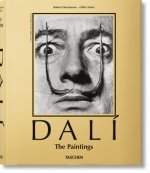
Dali. The Paintings
1190 Kč -
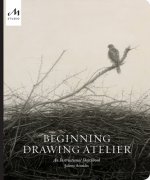
Beginning Drawing Atelier
504 Kč -
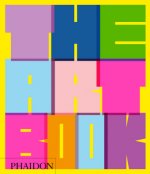
Art Book, revised edition
870 Kč -

Art of Still Life
914 Kč -

Doodle Invasion
361 Kč -

Tales from the Midnight Masquerade Coloring Book
356 Kč -
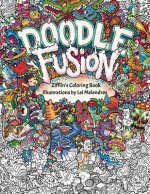
Doodle Fusion
389 Kč -

Practical Color Combinations
517 Kč -

Der Klang der Familie
926 Kč -

Andrew Wyeth
480 Kč -

Bosch. The Complete Works
1731 Kč -
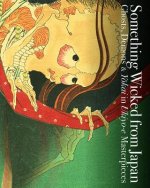
Something Wicked from Japan
543 Kč -
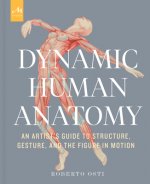
Dynamic Human Anatomy
928 Kč -
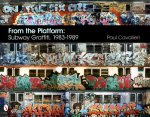
From the Platform: Subway Graffiti, 1983-1989
849 Kč -
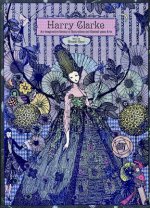
Harry Clarke
796 Kč -
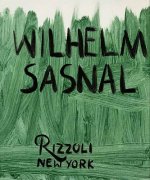
Wilhelm Sasnal
2928 Kč -
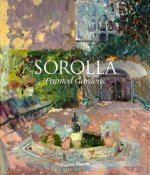
Sorolla
988 Kč -
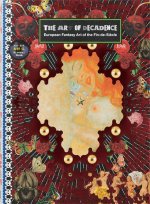
Art of Decadence
987 Kč -
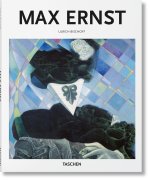
Max Ernst
383 Kč -
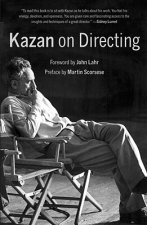
Kazan on Directing
449 Kč -
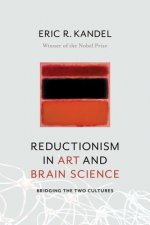
Reductionism in Art and Brain Science
563 Kč -
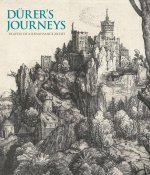
Durer's Journeys
1237 Kč -
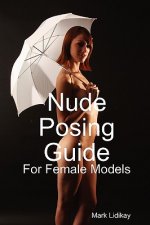
Nude Posing Guide
541 Kč -
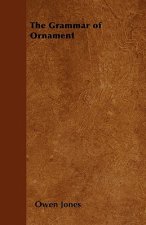
Grammar of Ornament
781 Kč -
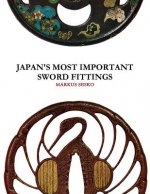
Japan's Most Important Sword Fittings
852 Kč -

Gadgetry
796 Kč -

Fluxus Experience
1049 Kč -
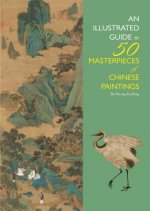
Illustrated Guide to 50 Masterpieces of Chinese Paintings
493 Kč -
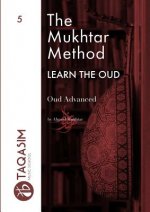
Mukhtar Method - Oud Advanced
462 Kč -
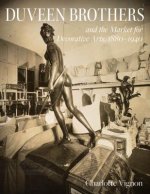
Duveen Brothers and the Market for Decorative Arts, 1880-1940
1430 Kč -

Richard Serra
1945 Kč -
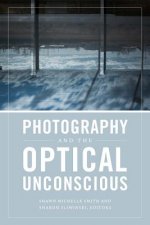
Photography and the Optical Unconscious
877 Kč -
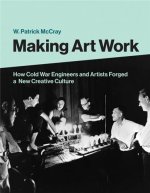
Making Art Work
1328 Kč -
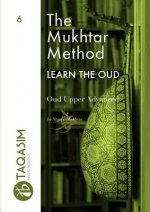
Mukhtar Method - Oud Upper Advanced
462 Kč -
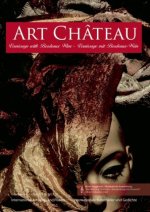
Art Chateau
1630 Kč -

Icon Painting Revealed
691 Kč -

Bonsai
810 Kč -
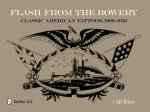
Flash from the Bowery: Classic American Tatto, 1900-1950
2397 Kč -

Manga! Manga!: The World Of Japanese Comics
624 Kč -
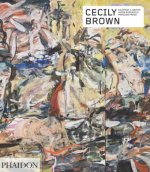
Cecily Brown
1192 Kč -
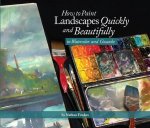
How to Paint Landscapes Quickly and Beautifully in Watercolor and Gouache
586 Kč -
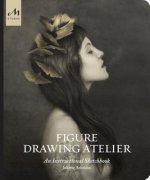
Figure Drawing Atelier
504 Kč -

Airbrush Bible
859 Kč -

Inspired by Nature Sketchbook
425 Kč -

Shiba Inu Ryuji
279 Kč
Osobní odběr Praha, Brno a 12903 dalších
Copyright ©2008-24 nejlevnejsi-knihy.cz Všechna práva vyhrazenaSoukromíCookies



 Vrácení do měsíce
Vrácení do měsíce 571 999 099 (8-15.30h)
571 999 099 (8-15.30h)